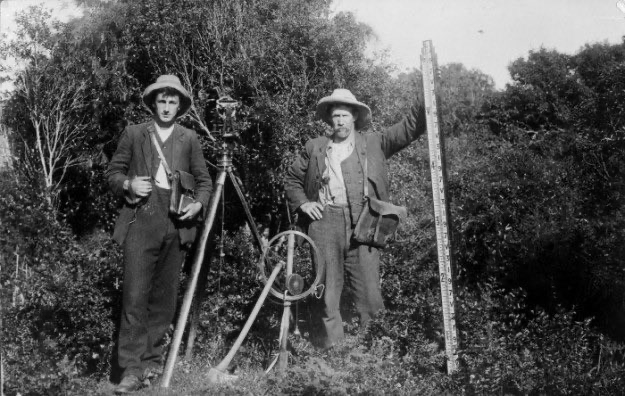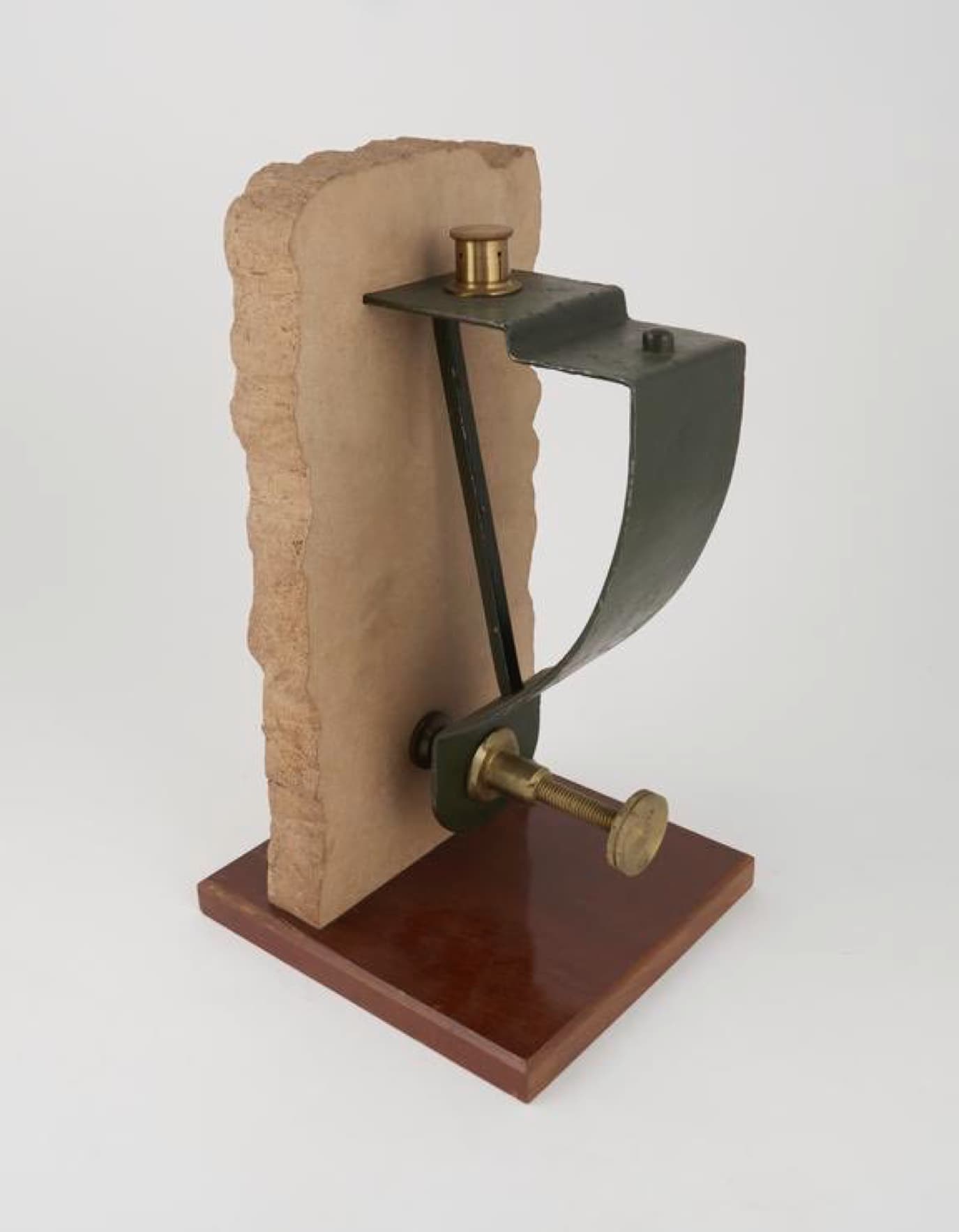Where does the word "benchmark" come from?
Uncover the origins of 'benchmarking,' a term that went from measuring physical terrains to evaluating digital performance. Learn its impact today.

As a digital professional, it is always important to keep up-to-date of the latest technologies and trends. But certainly it is also valuable to look back at the history of technology to understand how we got to where we are today.
In my daily practice, the word "benchmarking" certainly comes up a few times. In this article, I explain how the literal concept of "benchmarking" originated and figuratively incorporated into standard language.
Landmeters
In the past, a benchmark was a strut for a stake, marked to help surveyors determine the height of the terrain. This was a crucial tool for building roads, railways and other infrastructure. The hoof-shaped iron that supported the stake was called the "bench" and placing the stake on the "bench" was called "benchmarking".

So in short, there was a mark of relative height, in it a bench was mounted to set the staff on for further comparison.
Here you can see such a bench:

And an example of a marking:

Modern use of the term benchmark
Today, benchmarking is a common term in the world of digital technology. Benchmarking refers to the process of comparing performance between competing products or processes. Or against your own past performance. So by setting a relative bar as a height, as a benchmark, you as a company can improve your products and services.

Benchmarking is also useful in evaluating the performance of digital tools and technologies. For example, comparing the speed of different computer processors, the quality of cameras on smartphones or the usability of software applications.
Useful interactive benchmarks where you can interactively compare your own product with others are very useful. For example, this site where you can benchmark your browser on a number of points:
Speedometer is a browser benchmark
So while the original meaning of benchmarking was in the physical world, today it is a valuable practice for digital professionals. Where absolute numbers do not always properly describe quality, benchmarks come in handy. It can help improve the performance of organisations, products and processes, and drive innovation and competition.



